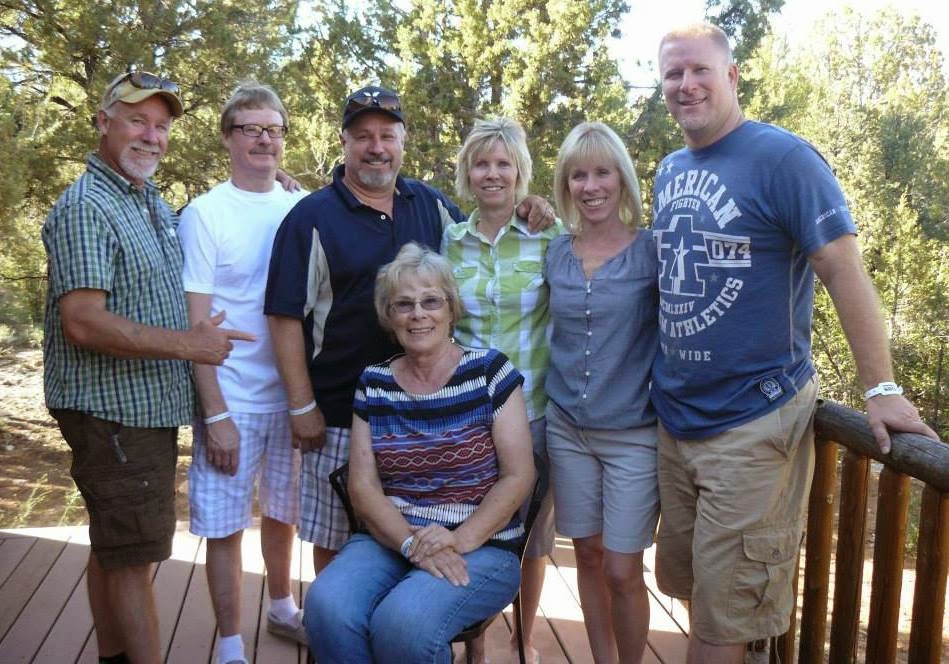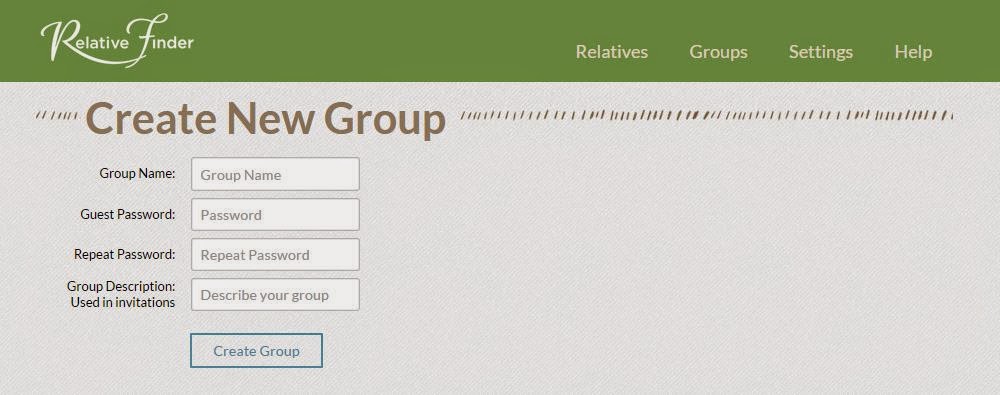I believe in the Bible and in God's literal creation of Adam and Eve as our first mortal parents. I believe that Adam and Eve are the parents of all those who have ever lived and will live on this earth. I believe that Adam was the first father of the human race. I also believe that through the recorded "begats" in the Bible we can identify
some of the descendants of Adam and Eve.
I further believe that in the days of Noah that God flooded the earth and that Noah and his family were the only ones to survive the flood. Therefore, because of the flood, I believe that Noah was the second father of the human race. And through the recorded "begats" in the Bible we can identify
some of the descendants of Noah.
So, yes I believe we all descend through Noah and through Adam. Do I believe that we need to prove that we are the literal offspring of Noah and Adam? No! Because I believe everyone that has ever lived since the time of Noah are his offspring. Should we go around boasting of this fact that applies to everyone? No! In fact, when I hear such things, I think "Oh, how trivial, why are they wasting their precious time?"
Family History is not a race to Adam and Eve!
It is also not about "bragging rights" to whom we may be related. It is not about wasting time duplicating people or records or even duplicating LDS temple ordinances. It is not about harvesting other's work when you have not spent anytime yourself tending to the garden. It is not about arguing or quarreling over who "owns" what piece of information about a common ancestor or even who "owns" the ancestor!
"Comparison is the thief of joy." - Theodore Roosevelt
It is about moving at our own pace, in our own time, and with our best efforts. It is about growing where we are planted.
Family History takes great care, like holding a newborn child; examining every finger and toe. It is about documenting, with valid sources, the real people who had a close connection to you and your life. It includes a young mother sharing family stories and pictures with her young children. It is visiting with the oldest living member of your family to record their life history before time and age and illness take it away.
It involves time and thought and effort and dedication and patience and long-suffering and cooperation and collaboration. It involves waiting and hoping and crying and laughing. It involves heartache and sadness and warmth and love. It is about the living just as much as it is about the dead. It involves miracles when records are finally found in ways that cannot be described by any words. It is a tugging in the heart.
How often do we miss the best gifts in search of something that is trivial or isn't ours to claim? Are we racing past our generations of ancestors and their meaningful lives? Who will claim our ancestors and their families if we are in a race to "boast"? I believe the destination is important, but the journey is critical!

Have we documented all
256 of our 6th great-grandparents and their families? Most of this generation lived in the early to mid 1700s; where many records are available and to some extent accessible in our own homes, on our own computers, and even on our phones!
What about all of their children? And their grandchildren, great-grandchildren, etc to the present day? If we estimate each couple had only four child-bearing children per generation, then within only NINE generations that would be
22,369,536 people (with spouses), Have you documented, with sources, all the the descendants of all of your 6th great-grandparents? Do you know the identity and location of all of your living 7th cousins? Are you collaborating with them in your research; all
8 million of them?
We have work enough to do!
Here is some further understanding on the subject taken from the February 1984 LDS Ensign, I Have a Question -
https://www.lds.org/ensign/1984/02/i-have-a-question?lang=eng
"I've heard that some people have extended their ancestral lines back to Adam. Is this possible? If so, is it necessary for all of us to extend our pedigrees back to Adam?"
Robert C. Gunderson, Senior Royalty Research Specialist, Church Genealogical Department. "The simplest answer to both questions is No. Let me explain. In thirty-five years of genealogical research, I have yet to see a pedigree back to Adam that can be documented. By assignment, I have reviewed hundreds of pedigrees over the years. I have not found one where each connection on the pedigree can be justified by evidence from contemporary documents. In my opinion it is not even possible to verify historically a connected European pedigree earlier than the time of the Merovingian Kings (c. A.D. 450–A.D. 752).
"Every pedigree I have seen which attempts to bridge the gap between that time and the biblical pedigree appears to be based on questionable tradition, or at worst, plain fabrication. Generally these pedigrees offer no evidence as to the origin of the information, or they cite a vague source.
"The question also asks if it is necessary for us to trace our pedigrees back to Adam. I believe that when the true purpose for which we do genealogical research is understood, one will realize that it is not necessary, at this time, to connect our pedigrees back to Adam. In fact an attempt to do so is probably detrimental to the overall goal of genealogical and temple work—to make available the saving ordinances of the gospel for all the dead.
"It is currently my responsibility to review the records submitted for temple work for those individuals who lived prior to A.D. 1500. I would estimate that 90 to 95 percent of these records are duplicates of work that has already been performed. This does not mean that most of the temple work has been completed for those individuals who lived before A.D. 1500. On the contrary, the great majority of the individuals of that time period still need their temple work done. The problem is that the resource procedures and source materials are of such a nature that members working in this time period end up retracing the paths of many before them, obtaining the same results. A few thousand names are listed over and over, while millions of others remain lost.
"The result is that nearly all the effort expended in the pre-1500 area, and all that expended in attempts to compile pedigrees back to Adam, seems to be a waste as far as accomplishing our true purpose. At the same time, our more recent ancestors, to whom we as individuals have a far greater responsibility, are often ignored—even when many research procedures have not yet been explored.
"I would recommend that no one undertake research prior to A.D. 1500 without first checking with the Genealogical Department, and then only after all avenues of research for more recent generations have been exhausted. The probability of discovering information in the pre-A.D. 1500 time period that would lead to new temple work is practically nil, unless one receives some specific direction.
"In the due time of the Lord we will have our connections back to Adam. Given the current state of our records, I feel that when we attempt to extend pedigrees back to Adam we come dangerously close to ignoring the admonition of Paul: “Neither give heed to fables and endless genealogies, which minister questions. …” (1 Tim. 1:4.)"






































